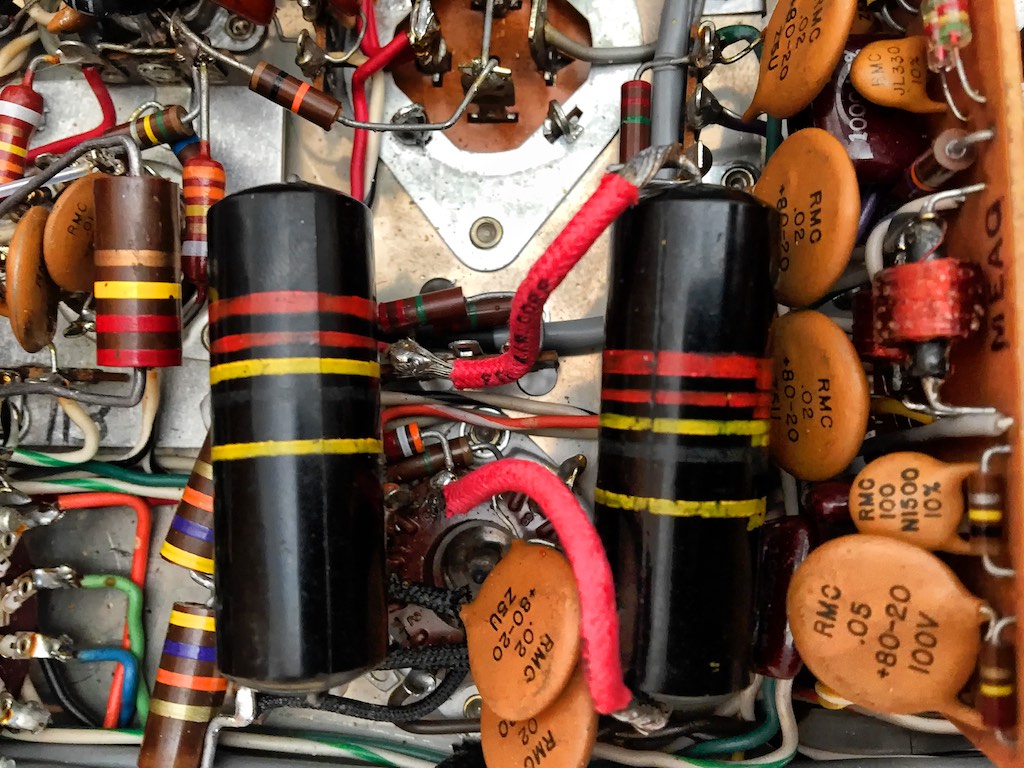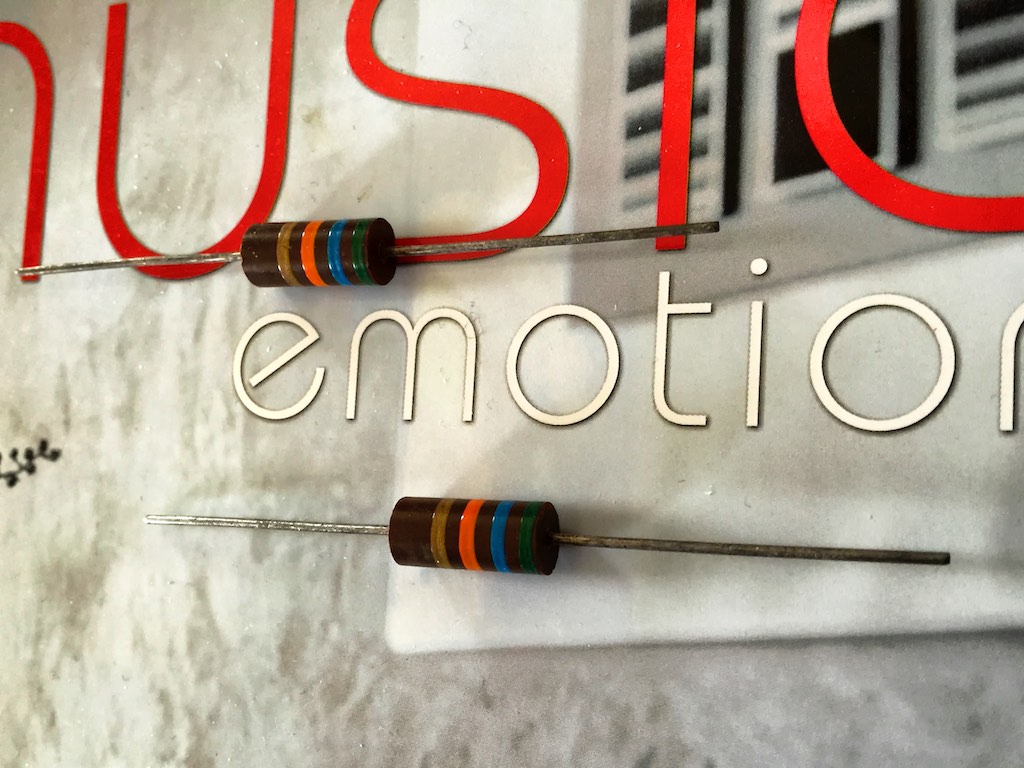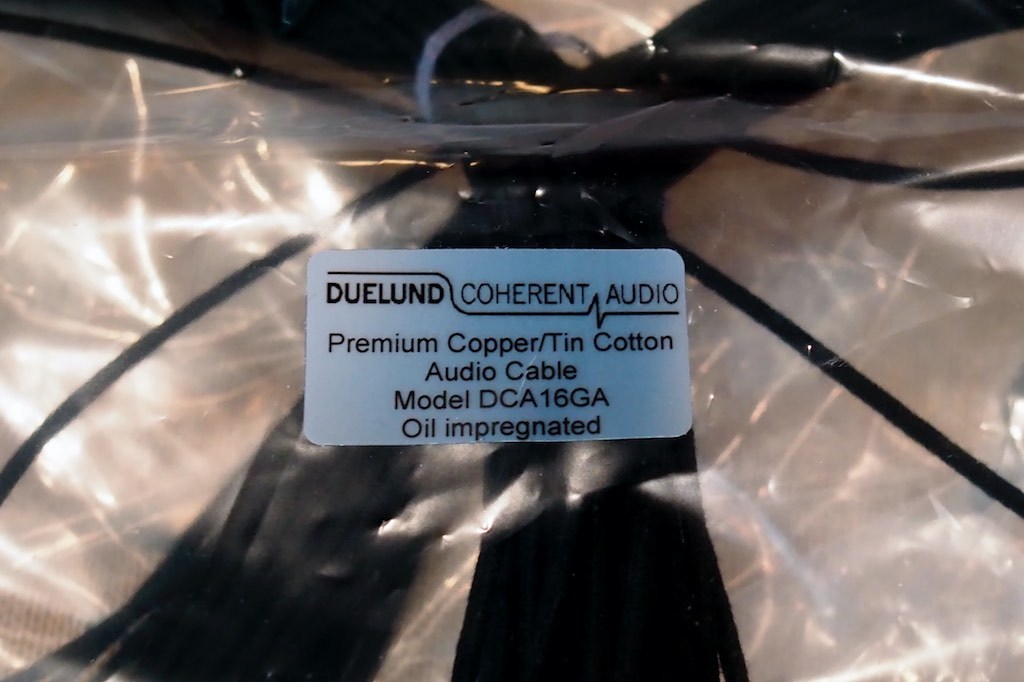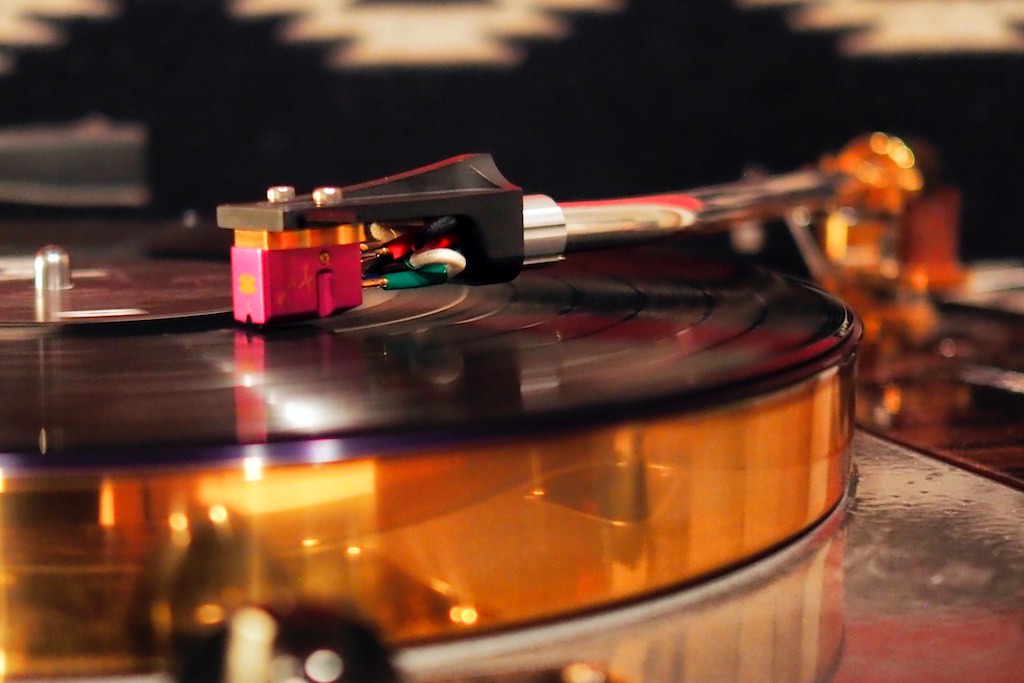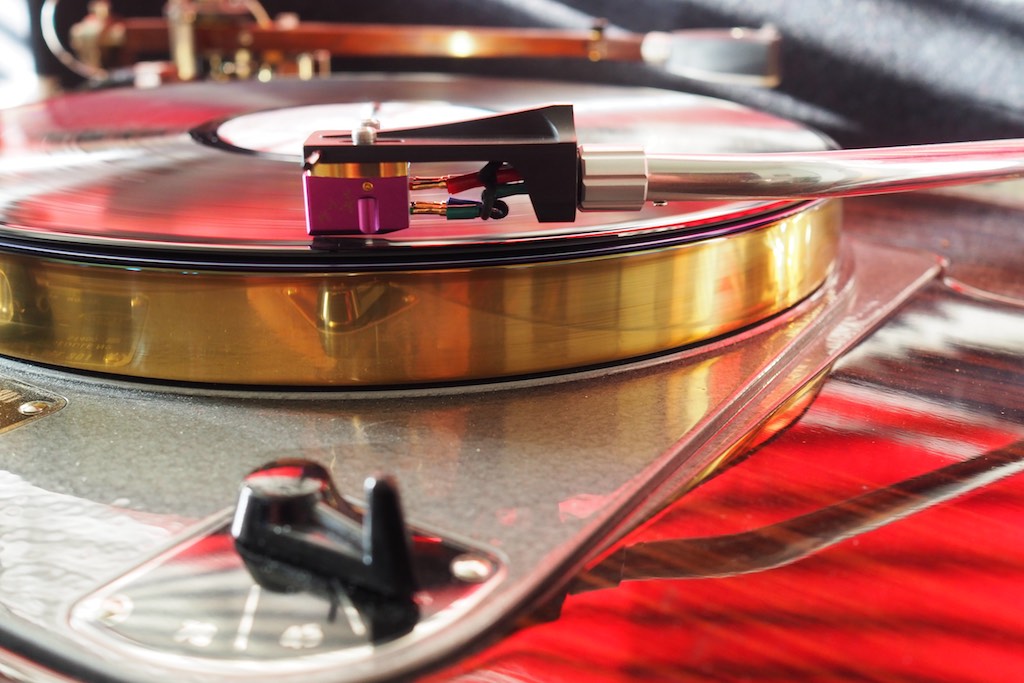I've been looking at guitars again, or more exactly, vintage Gibson ES 150 guitars. YouTube example below.
Listen to that incredible tone of "Fred Archtop's" 1938 Gibson ES 150 "Charlie Christian", it's out of this world!
So what does that have to do with audio? Well, both guitars and audio intersect at music, that's what!
You've heard me talk about a few "tone" trends with vintage guitars that overlaps into audio, like the use of tinned-copper wire/cables, or nice paper-in-oil capacitors like Black Beauties or Bumblebees, those vintage Allen Bradley carbon comp resistors, Alnico magnets (in speakers and guitar pickups), and of course vacuum tubes in those vintage guitar amps.
What do they all have in common? Big round tone, or if you like to speak in acronyms, "BRT" (pronounced "brat" 😉 )
In this missive I want to tell you a little more about the relationship of wire gauge to tone, which I discussed somewhat in my Duelund DCA wire review at Positive Feedback HERE.
In the Positive Feedback review I talked about picking wire gauge that is appropriate for a given point in a system: headshell leads (fine wire), interconnects (bigger wire), and speaker cables (even bigger wire).
For a given application like a guitar pickup, for example, if you want "big round tone" you go for a comparatively heavier gauge wire for the winding (and Alnico magnets).
That's what Gibson did for the original Charlie Christian pickup in the ES 150 that you heard above, and it's what Lollar does in their Charlie Christian replica pickups. Big round tone.
So for example, if you're picking out tinned-copper headshell leads you could pick from headshell leads made from Duelund DCA26GA, vintage Western Electric WE24GA, or 22GA Art of Tone, which get bigger and rounder tone as you progress towards the fatter wires (smaller gauges), which I suppose you could summarize as "fatter gauges give fatter tone". The fatter wire gives fatter tone and smoother high-frequencies.
So when it comes to fatter tone from fatter wires, I'm talking in comparative rather than absolute terms, as the fatter wire in the Charlie Christian guitar pickup is still a very fine 38GA wire, but its fatter than the 41GA to 44GA wire usually used in pickups. In very general terms, if you want fatter tone in your pickups use fatter wire.
Which gauge size will work best for you will also depend on your system balance. If you're thinking your system is a little too laid back and you want more resolution and HF energy to spice it up a bit, then you'd pick the DCA26GA for headshell leads. If you're system is sounding a bit too forward in the upper midrange and you want to warm it up and smooth it out a bit, then you'd look at the WE24GA or AoT22GA.
Also, for a given gauge size, a Litz wire sounds brighter and more detailed than a solid-core wire, which sounds more rounded and warmer. When you think about what Litz wire is, the brighter & more detailed sound makes sense, because Litz wire is a bunch of skinny wires packaged together as a single wire, so they maintain a lot of their skinny wire sonic properties.
The nice thing about tinned-copper wire is that it gives particularly vivid and live-like HF performance, that makes brass and percussion sound startlingly real, for example, while maintaining mid-range naturalness.
So for another example, let's say you're using Duelund DCA12GA wire as speaker cables and it's sounding a bit too laid back for your system, so you give the DCA16GA a try, which is more vivid in the midrange and HF. The permutations are almost endless of what you can try to give you that particular tonal balance you're after.
Also, the insulation used also has an effect on overall tone. For example, there's quite a few different insulations used for wires, from nothing at all, to enameled wire (common in the 1950's and 1960's in guitars), to oiled cotton or silk (Duelund), or fabric covered plastic like with the Western Electric or Art of Tone wires, and a lot more.
This also applies to the leads used in audio components like resistors or capacitors, where the diameter of the wire can have a big influence on overall tone.
For example, when doing the review of the excellent Lefson resistors from France, I noticed that for two models of the Lefson resisters that they were identical except for the leads. One resistor had doubled leads, and one resistor had single leads.
Guess which one had fatter tone? If you guessed the one with fatter doubled leads you were correct.
Whether it's the dramatic effects of less than one inch lengths of headshell lead wire on the overall system tone, or that of interconnects, speaker cables, power cables, wire leads on resistors & capacitors, or the interior wiring of loudspeakers, wire can have a profound effect on getting the overall tone of your system dialed in the way you want it.
If you're not quite happy with the overall tonal balance of your hifi, it's probably not the case that you need to change out a phonograph cartridge, digital source, preamplifier, amplifier, or loudspeakers, but rather that you need to optimize the wire connecting it all together.
But how do you approach that?
Start at the source, as it affects the tone of everything downstream.
Pick the wire you like the best at the source, then move onto the next connecting wire, say interconnects, then pick the wire you like the best there. Then do the same thing with speaker cables.
That'll go a long way optimize the tonal performance of your system in the way that's best for you.
If you want fatter tone for a forward sounding system try fatter wires. If you want skinnier tone to wake up a bland sounding system, go with skinnier wires.
Just remember there isn't a single magic combination that will work for every system's needs or listener's tastes, but there is a magic combination that will work for you to dial in the tonality just the way you want it.
As always, thanks for stopping by, and may the tone be with you!




